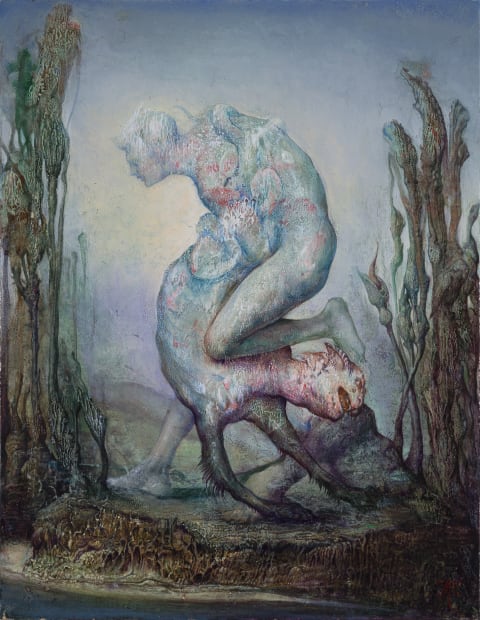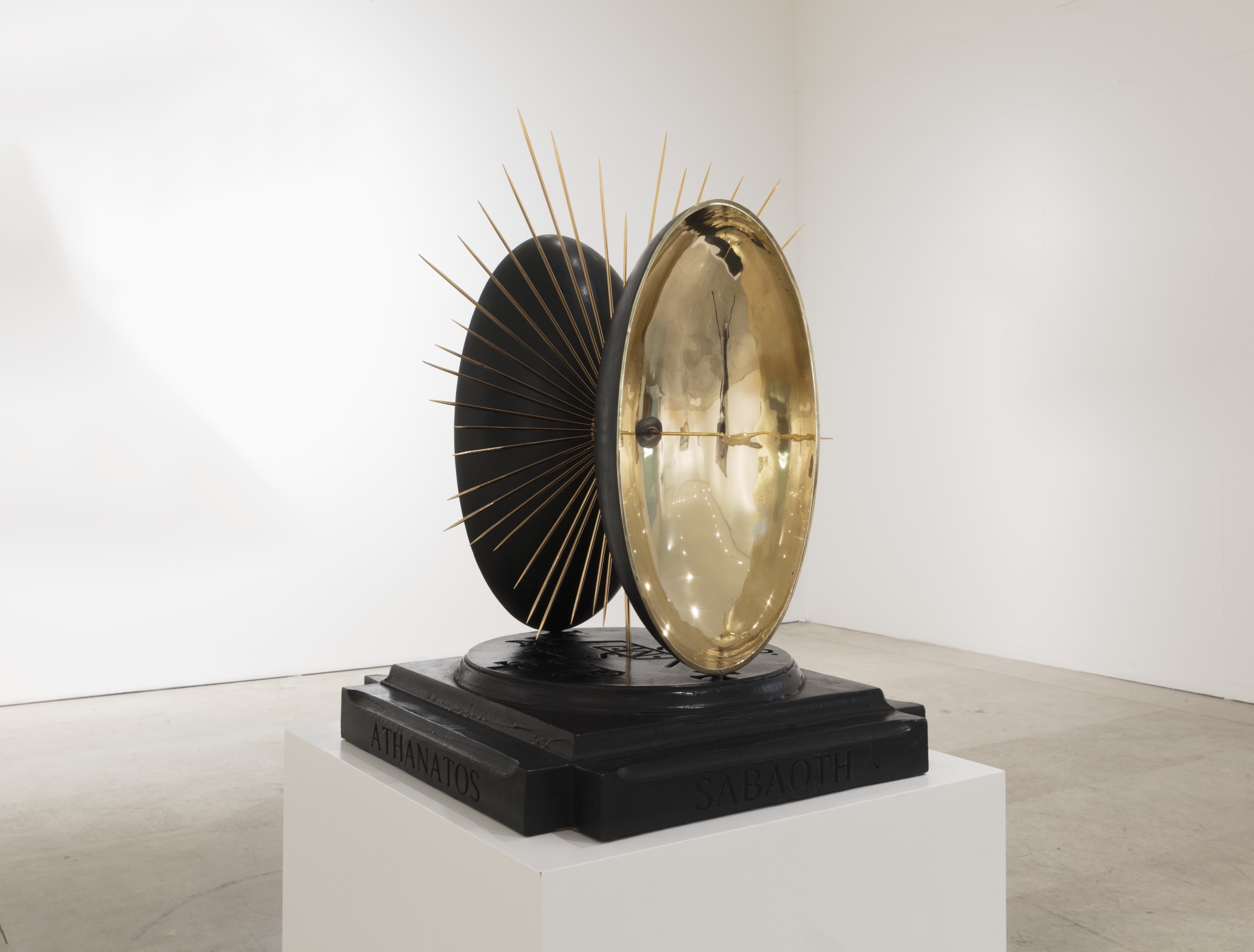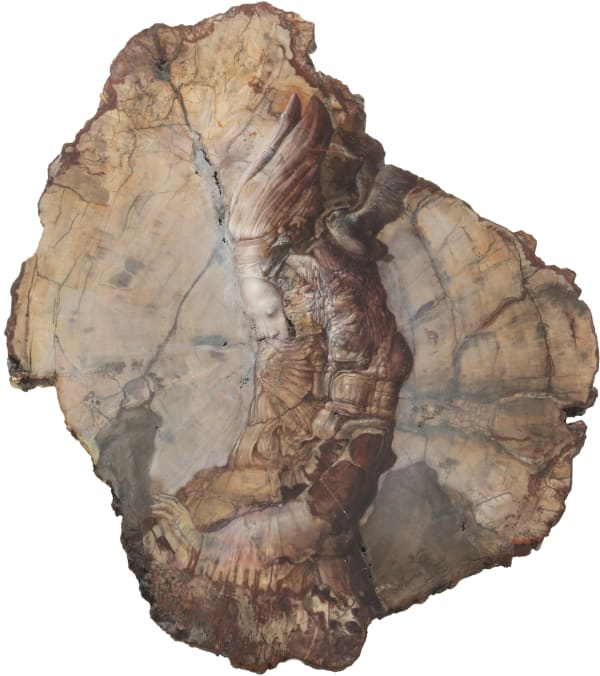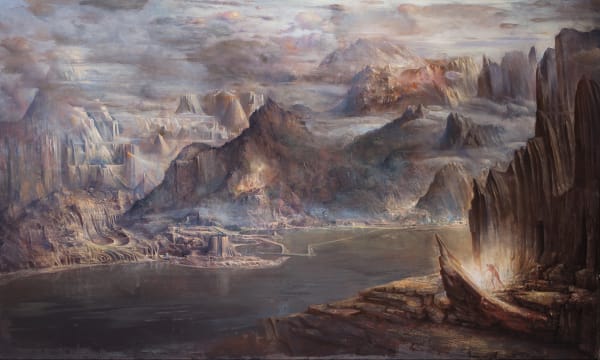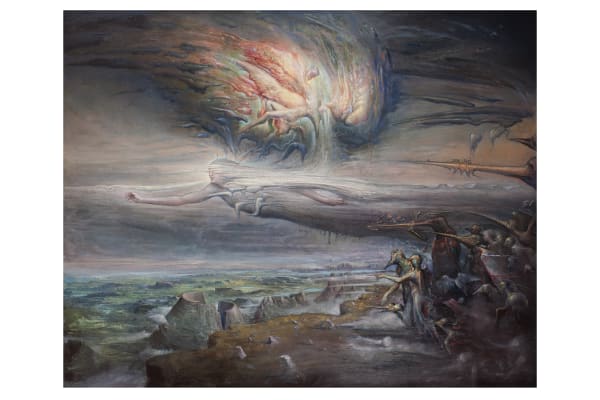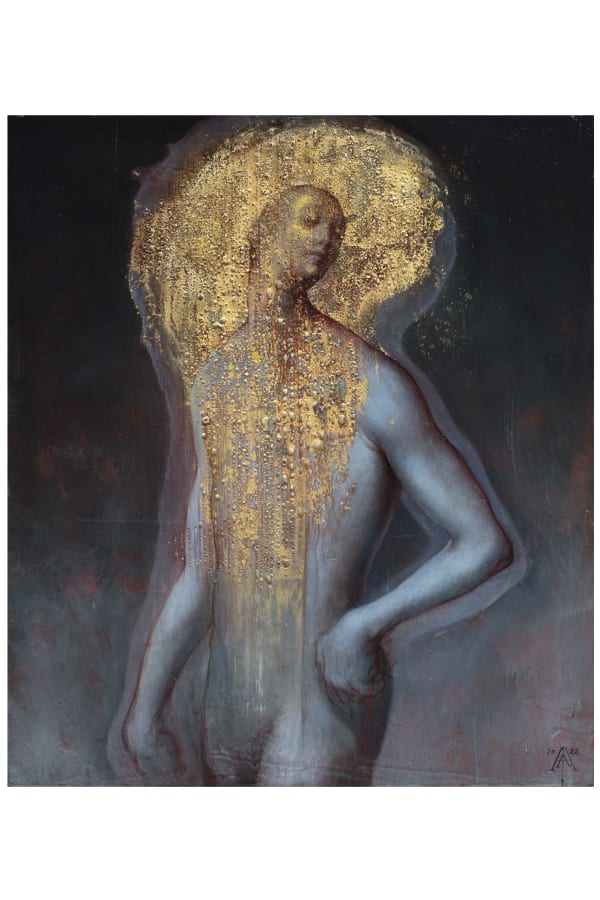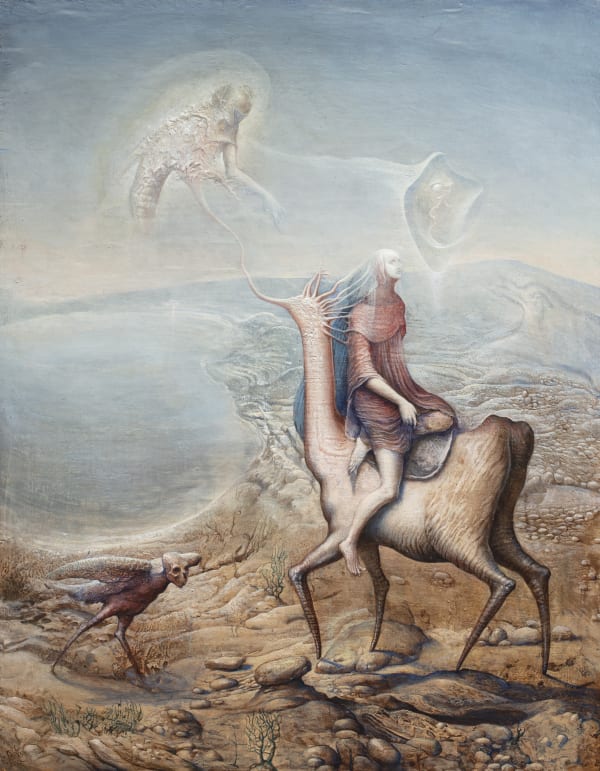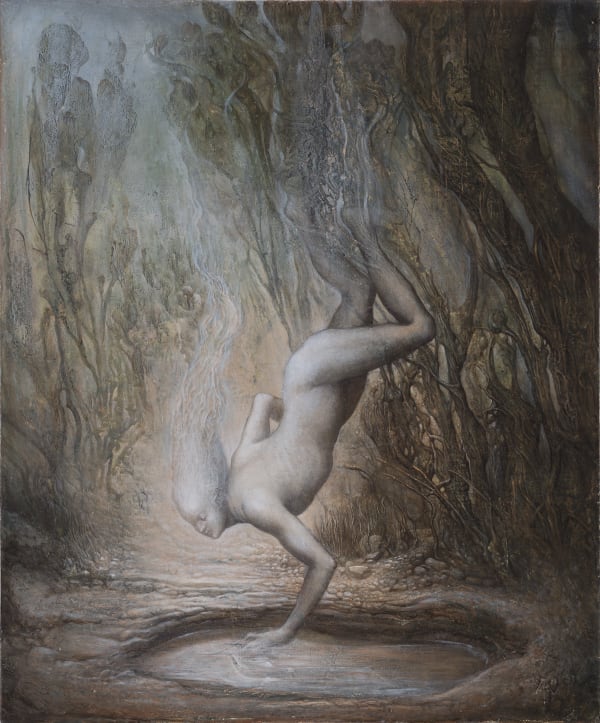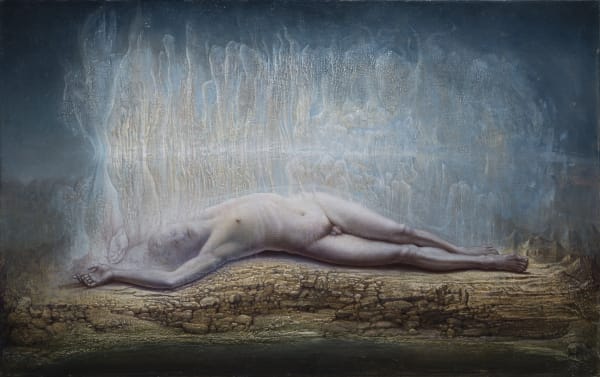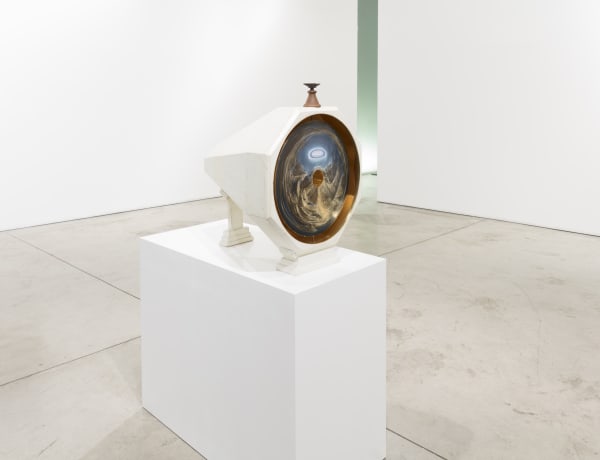Internationally renowned for his artistry, he transports viewers on a journey beyond reality; it is an ode to unbridled imagination and dreamlike exploration. The exhibition, elaborately curated by the artist himself, offers an experience that challenges perception and invites viewers to explore their inner selves. Arrivabene's works have been acclaimed for their ability to transform the ordinary into the extraordinary, the everyday into the fantastic. His impeccable technique and spiritual sensitivity are reflected in every brushstroke, creating a poetic dialogue between the artist and the viewer.
Agostino Arrivabene offers an intimate look into his interpretation of the meaning of dreams and visions. The works in the exhibition become a medium through which viewers can explore their own psyche, embarking on a fascinating journey through hyper-uranic and symbolic dimensions strongly influenced by his mystical perspective and unique artistic sensibility.
-
-
Artist's explanation
The title of this large painting is: La Grande Opera (The Great Work), not because it is a monumental work in itself, but because it bears witness to the great work of an alchemist, the attainment of the philosopher's stone or the Alkahest.
We see it, in fact, on the right hand side is this small figure who becomes the protagonist of the work, who witnesses a luminous epiphany, precisely The Great Work.
The other fundamental element of this painting is the citation to Ercole de' Roberti in the landscape, we see this vision, which in this mighty painting, is further metamorphosed, transformed, becomes titanic, imposing, thanks also to this imaginary city, perhaps a city reminiscent of Atlantis, a mythological place, exactly as mythical as the alchemical process leading to the attainment of the philosopher's stone.
This city also has the characteristic of being a tribute to a great architect that I have always loved, and that is Boullée, an architect who came up with decidedly visionary and impossible projects of such greatness, almost unrealisable, practically.We also see mountains shrouded in smoky mists, in humidity, that remind us of another great artist that I have loved and define as my formative father, who defined me pictorially from my earliest years, and that is Leonardo da Vinci. We also see this in these homages to the landscape, these rocky shapes that echo his geological forms.
-
 Agostino Arrivabene, La Chimera, 2023
Agostino Arrivabene, La Chimera, 2023 -
The significance of Oneyromance
Oneiromancy, in the imagination of the Italian artist, represents the fusion between the world of dreams and the prophetic narration of an oracle. This term is composed of two key elements: 'Oniro', which derives from the Greek and means 'dream', and 'manzia', which means 'divinatory art' or 'prophecy'. Together, they evoke an artistic experience that feeds on the oneiric mystery and the ability to reveal hidden aspects of the human soul through art. In Arrivabene, oneiromancy is a unique visual language through which to explore the boundaries of reality and metaphysical vision. His works are characterised by his ability to transform dreamlike visions into palpable, fascinating and desituating images. The artist plunges into the depths of the subconscious, capturing the essence of dreams and creating a bridge between the real and imaginary worlds. -
-
-
-

From a Pietra Paesina to the the immense masterpiece
How the artist developed the artwork directly from a small pietra paesina'Il Miracolo di Andrea' (Andrea's Miracle) is the first large-format work that Agostino Arrivabene has created in this 2024. The work was realised thanks to the visionary triggering of natural forms reminiscent of the imaginary landscapes inherent in a village stone. It is thus that through the use of this stone from the artist's collection and exhibited during the exhibition, Arrivabene through a proportional leap in scale re-proposes exactly the same forms of the stone with the same imaginative and fantastic landscape by grafting it onto a work of more monumental dimensions on canvas.
Within this landscape Arrivabene has incorporated a true epic, in this case the work depicts a miracle, which the artist wishes would happen for his own brother named Andrea, who is currently experiencing a drama in his life. The small figure of the Virgin Mary Orante stands at the foot of an enormous threatening rock about to unhinge its foundations; the rock is the heavy symbol of a threat hanging over the life of her beloved brother. On the right we see the goddess Athena as the true director of a catastrophe that she is averting with her powers: the cavea is about to suffer an earthquake but the goddess through a single gesture blocks the fall of the rocky vault.
Some figures on the left are part of a procession of derelicts carried by the plague doctors, who already wore the typical bird's beak masks during the plagues in Venice. A sphinx can be seen in the centre reclining lasciviously, appearing to plead with or to be beseeching a sick person; the sphinx symbolises lust, temptation. The work, painted entirely in oil on linen canvas through a complex weaving of successive veils and layers, is made of a pulsating, vibrant material. Arrivabene has already been working on stone materials for a number of years, and as far back as 2014, when he undertook painting on village stones and fragments of petrified fossilised wood. -

-

SIMULACRA
A DREAM BORN SCULPTURESimulacra is a work that stems directly from a dream of the artist. it is a representative element of the Archangel Michael, who, within the artist's very personal dream journey, becomes a saviour, an angel descended from heaven who helps and brings salvation to the artist from a world now turned upside down in which a superhuman species is taking control. -
SANCTA SANCTORUM
-
Saint of the saints
A room dedicated to the most precious figuresIn the room 'sancta sanctorum' we can see three works in fossil wood depicting arachne, persephone and athena, figures very close to the artist, inspirational muses directly immortalised on fascinating fossilised wood from the Cretaceous period.Also present is the work sancta sanctorum, a beautiful painting on cedar wood from Lebanon depicting a human figure in a moment of ascension, ineabriaità by light, skilfully represented through the use of gold leaf. -

